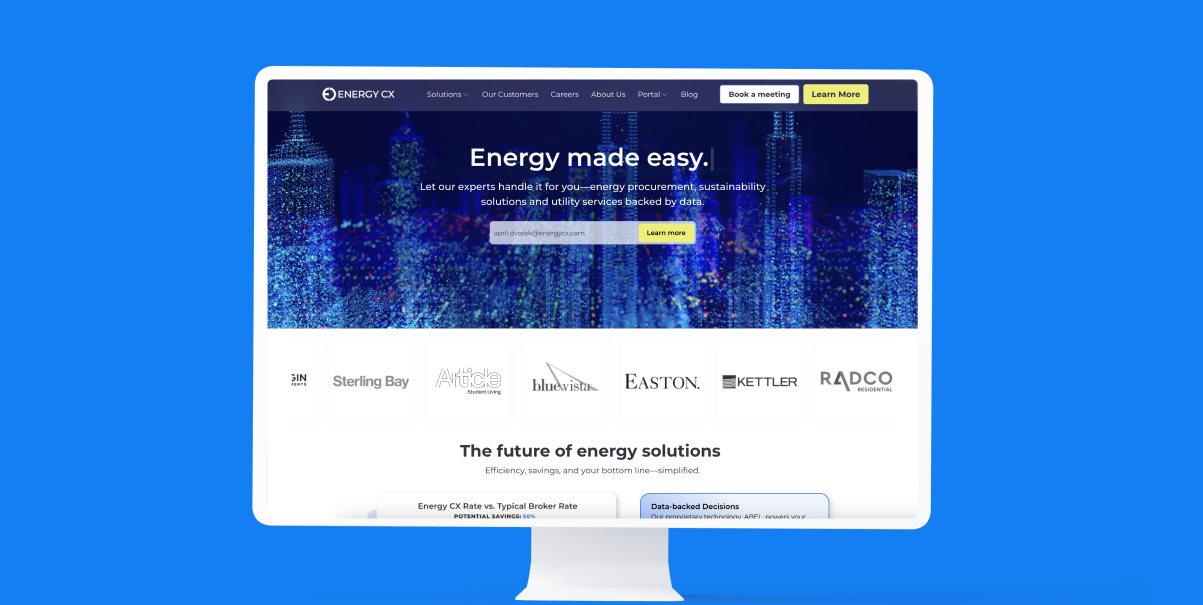Energy Auctions Explained: How Suppliers Compete for Your Business
In today’s fast-moving energy markets, getting the best rate isn’t just about timing—it’s about using the right tools. One of the most effective methods for competitive energy purchasing is an energy auction. These auctions allow multiple suppliers to compete for your business in real time, often driving down prices and improving contract terms.
How Do Energy Auctions Work?
An energy auction works by creating a competitive bidding environment among qualified suppliers. Before the auction begins, the buyer gathers accurate usage data, contract requirements and credit information to share with participating suppliers. Once this is settled, selected suppliers are invited to participate in the auction, with clear rules and timelines provided in advance.
During the auction itself, suppliers submit bids in real time, adjusting their prices to remain competitive. At the close of the auction, the buyer reviews the final bids and selects the offer that provides the best value, which usually includes considerations beyond just price, such as contract terms, flexibility and supplier reliability. After the winning bid is chosen, the buyer and supplier execute the contract, locking in the agreed-upon rates and terms.
Auctions can occur in-person or online with in-person auctions lasting a few hours and online auctions lasting days or even weeks.
Different Types of Energy Auctions
Energy auctions can take different forms. The most common for buyers is the reverse auction, where suppliers compete to lock in the current best rate for customers. In a forward auction, sellers compete to offer future supply at the most favorable terms. Finally, sealed-bid auctions involve suppliers submitting one confidential bid without seeing competitor prices, and the best offer is selected after the bids are revealed. In some cases, multi-round auctions are used, allowing suppliers to refine their pricing and terms over several bidding stages.
Benefits of Energy Auctions
The benefits of energy auctions are significant. They create a competitive environment that drives down costs, offer transparency into how market competition impacts rates and deliver results quickly—often in minutes or hours rather than weeks. They also provide valuable market insight, giving buyers a clearer picture of supplier interest and pricing trends.
Challenges of Energy Auctions
Energy auctions are not without their challenges. They require accurate and complete data from the outset to ensure bids are valid. A limited pool of participating suppliers can reduce the competitive advantage, and auctions still require strategic timing to align with favorable market conditions. Additionally, while the lowest price can be appealing, it is essential to evaluate whether the contract terms and the supplier’s reliability align with the buyer’s long-term needs.
Bottom Line
When executed properly, energy auctions can be a powerful way to secure competitive energy rates—especially in deregulated markets where multiple suppliers are competing for your business. The key to success lies in preparation, supplier engagement and expert oversight.



